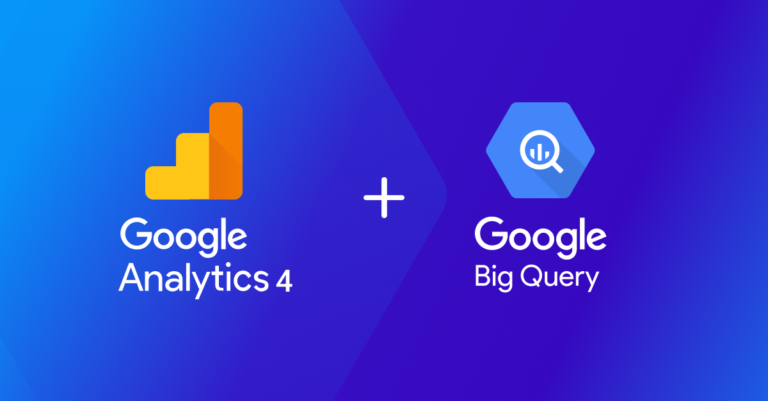Introduction
GIS (Geographic Information Systems) has become an indispensable tool for businesses and organizations, enabling efficient storage, visualization, analysis, and sharing of location-based data. This blog post will delve into the different types of GIS applications and their significance across various industries. Additionally, we’ll discuss the benefits of leveraging GIS technology for your organization’s needs. If you want to learn more about GIS and its wide-ranging applications, continue reading!

Understanding GIS
What is GIS?
GIS, or Geographic Information Systems, refers to computer programs designed to collect, store, verify, and present information about locations on Earth’s surface. By utilizing GIS, users can display streets, buildings, and plants on a single map, leading to better recognition, verification, and comprehension of patterns and relationships. Organizations worldwide rely on GIS to create maps that facilitate communication, analysis, information sharing, and problem-solving.
GIS Applications
Mapping Applications
GIS plays a crucial role in mapping, enabling visual representation of data. Mapping applications like Google Maps exemplify the power of web-based mapping solutions in navigation and location exploration.
Transportation Planning
Transportation planning and management greatly benefit from GIS applications. By incorporating environmental and topical data into GIS platforms, organizations can plan new road or rail routes, considering factors like efficiency, accessibility, and environmental impact.
Flood Damage Estimation
Governments utilize GIS data to map flood-risk areas and coordinate timely relief efforts. GIS helps estimate and assess flood damage accurately, enabling targeted responses and efficient resource allocation.
Banking
The banking industry leverages GIS data for planning, organizing, and decision-making. By harnessing GIS technology, banks can provide customer-driven services, adapt to market demands, and thrive in a competitive landscape.
Irrigation and Water Management
Efficient water management is crucial for crop production. GIS data helps identify key crops and optimize water usage through spatial and temporal techniques, leading to improved yields and resource efficiency.
Surveying
GIS technology is increasingly vital in surveying, aiding in precise location determination and data collection. Combining GIS tools with accurate GNSS measurements allows for topographic surveys with exceptional centimeter-level accuracy, providing valuable input for GIS systems.
GIS
Data analysis is a core application of GIS. With a multitude of data points on a map, identifying trends and patterns can be challenging. GIS software offers diverse tools for data summarization, calculation, and insightful analysis.
Types of GIS: Web GIS & Desktop GIS
Web GIS
Web GIS combines the benefits of the internet and GIS, enabling the display and analysis of spatial data online. Web GIS applications are accessible from any computer with internet access, making them ideal for field data collection and sharing information with others. Notable Web GIS technologies include OpenStreetMap, ArcGIS, Mapbox, GIS Cloud, and Cesium JS. Following are a few types of Web GIS:
1. OpenStreetMap:
OpenStreetMap is a free, editable world map created by people like you. It is free to use and redistribute, with thousands of contributors. Users can add buildings, roads, points of interest, and more to the map. OpenStreetMap also includes an interactive map that allows scrolling through a list of locations nearby or around the world, similar to an open-source version of Google Maps or Google Earth.
2. ArcGIS:
ArcGIS is another important type of Web GIS. It is often confused with ArcGIS Pro, which is a type of desktop GIS. ArcGIS Server is a back-end server software component of ArcGIS Enterprise that allows for sharing geographic data within an organization and with anyone having an Internet connection. Before publishing services with ArcGIS Server, preparation of hardware, software, and data is necessary. Once set up, services can be consumed using a variety of applications.
3. Mapbox:
Mapbox is a mapping and location platform company that enables software developers to embed location-based context in their applications. It offers superior customization features compared to Google Maps, allowing users to adapt maps to their specific needs instead of relying on default settings.
4. GIS Cloud:
GIS Cloud is a web-based platform that aims to provide the power of desktop GIS solutions in a user-friendly manner. It allows for collecting, processing, storing, analyzing, and publishing geospatial and database data. Its main goal is to bring GIS closer to a wide audience, making it accessible without the need for specialized equipment.
5. CesiumJS:
CesiumJS is a powerful interoperability and scalability framework built on open standards. It is widely used in fields such as aerospace, smart cities, and drones.
Desktop GIS
Desktop GIS empowers professionals to tackle various spatial data challenges, including creating and editing vector data, performing geospatial analysis, visualizing geodata, generating static and interactive maps, digitizing raster maps, implementing statistical analysis, integrating and updating data from multiple sources, and making informed decisions based on cartographic data. Prominent examples of Desktop GIS include ArcGIS Pro, QGIS, and MapInfo.
Here are some important types of Desktop GIS:
1. ArcGIS Pro:
ArcGIS Pro is a feature-rich desktop GIS application that supports data visualization, advanced analysis, and authoritative data maintenance in 2D, 3D, and 4D. It allows users to work across the ArcGIS system using Web GIS and supports data sharing across various ArcGIS products.
2. QGIS:
QGIS (Quantum Geographic Information System) is a free and open-source software application that allows users to create, edit, visualize, analyze, and publish geospatial data. It is compatible with multiple operating systems, including Windows, Mac, Linux, Android, and UNIX, making it one of the most flexible GIS options available.
3. MapInfo:
MapInfo is a desktop location intelligence solution used for creating, editing, visualizing, and analyzing customer and business data in the context of location. It offers a user-friendly interface, improved data access, and robust map output capabilities.
Conclusion
In conclusion, GIS technology revolutionizes geography and mapping, providing solutions to a wide range of problems across industries. Integrating GIS into business processes unlocks immense potential for improved communication, analysis, and decision-making. By leveraging the power of GIS, organizations can gain valuable insights and enhance their operations. Stay updated on the latest developments in GIS by following our blog.




